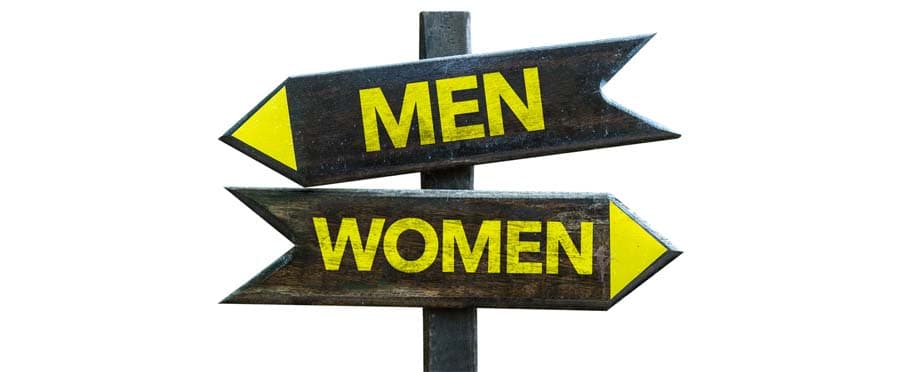Copyright © 2025 lpcentre.com All Rights Reserved. London Premier Centre For Training Ltd Registered in England and Wales, Company Number: 13694538
version: 3.0.1

Posted on : 1/8/2022, 10:33:42 PM
Decisions making is a complex dynamic organizational process. Many researchers have wondered whether decision-making is affected by gender differences. Male vs female: Who is better at decision-making?
Before we get to the answer, let's see what decision-making is.
Decision making, which precedes the implementation level, is the mental process influenced by presumption, values, principles, beliefs of the decision-maker themselves.
Each decision-making process results in final choices which might end in a certain procedure that may or may not be taken to solve a problem or to settle things for the organization.
- Identify and define the problem or the situation.
- Data collection.
- Come up with solutions and available alternatives to handle the problem.
- Assess the alternatives and solutions and recognize the consequences by setting pros and cons.
Decision-making is a series of methodical steps intended to scrutinize and examine a problem firsthand and eventually come up with a decision of pros and cons.
While decision-taking expresses the individual reaction to the surrounding influences and reflects in promptly unscrutinized, unanalyzed decisions. Sometimes such decisions are not right if they are made as a quick response.
They are divided into two broad areas:
- collaborative decision-making techniques
- individual decision-making techniques.
Men and women have different ways to deal with problems, studies show.
When it comes to stress, it helps women to get more focused. And speaking of confidence, women only need self-contemplation to reach the right decisions and take strong ones.
Despite the common misconceptions, women's Leadership role in decision-making is no less significant than the role of men. Sometimes women can make better decisions than men because of the difference between making or taking the decisions.
As women take decisions, they adopt the decision-making approach, get assured of the decision validity, and analyze the pros and cons before taking any. On the other hand, men can take faster but less analyzed decisions; driven by their reactions to the surrounding circumstances.
What raises questions is first the real gap that occurs after decision taking, second, women's decisions tend to be skeptical but men's ones are widely accepted, third men's claim fame as smart decision-makers. Though it is anticipated that women can prove themselves much more over and over again.
The high representation of women in leadership positions was raised in 2019. What's more, in 2022 women will be involved in taking decisions through high-ranking positions and given the right to prove their decisions by giving them huge confidence and enough space to take their own right decisions and assess the results.
We must say that having men and women together to make decisions broadens the perspectives, boosts creativity, diversifies talents and efficiencies, reduces conflicts, and improves the process of decision making. It also represents different minds in the organization.
Besides, the organization’s image is enhanced under gender-balanced leadership, as recent studies show, collective decisions making can have fewer cons than strict individual ones.
Women's leadership contributes to the benefits of diversity, due to the ability of women to deal with difficult interpersonal relationships, pay others more attention, tend to avoid conflicts and find solutions, exchange opinions with others easily, exert bigger efforts to reach agreements, observe and give feedback intensively.
In sum, involving women as a fundamental decision-maker alongside men is one of the best decisions to be taken first. Then you can improve your decision-making skills to be the best decision-maker through joining certain training courses. Leadership training courses in London are helpful as well.